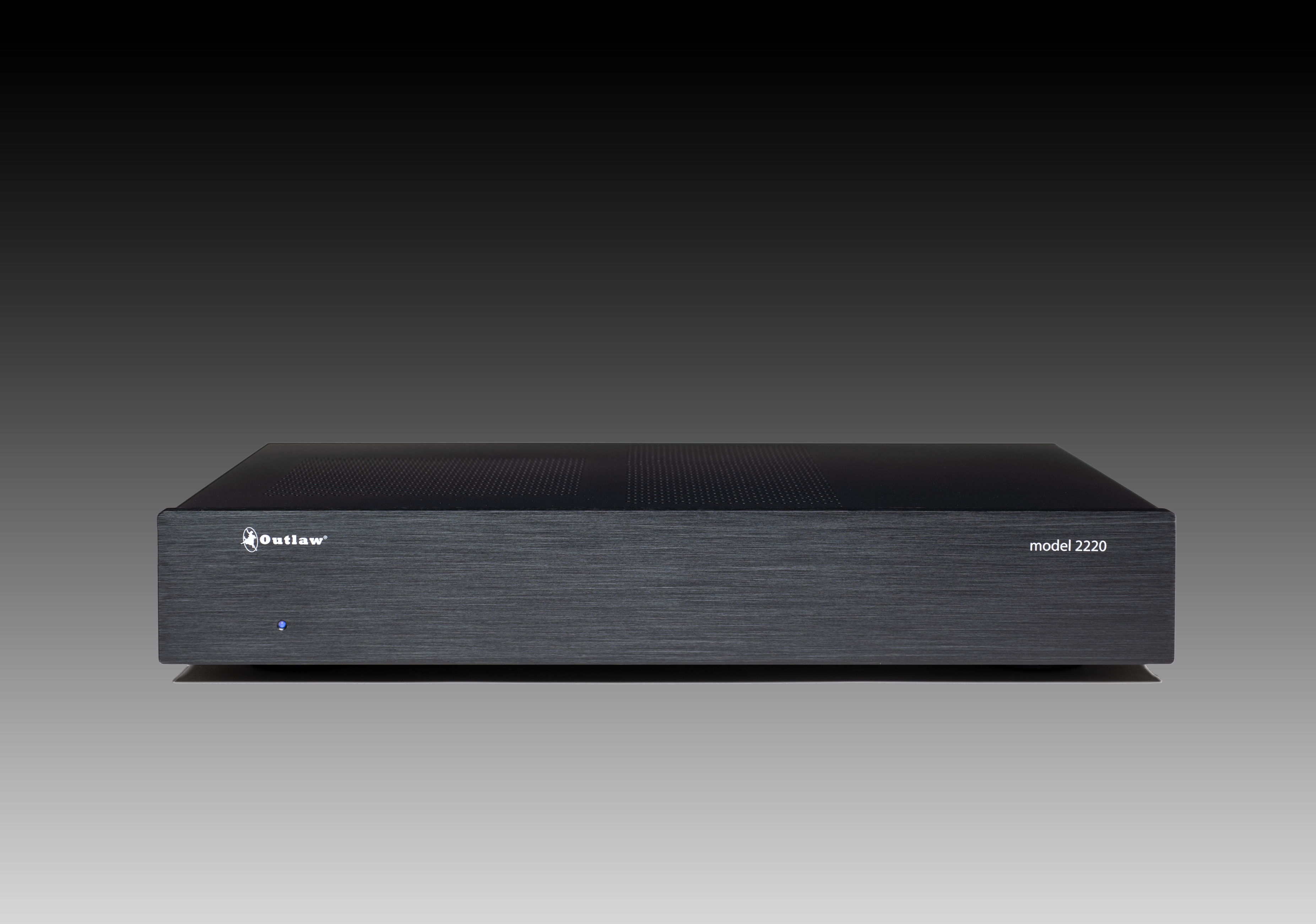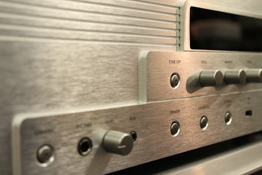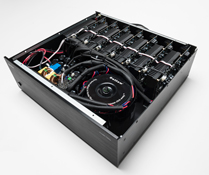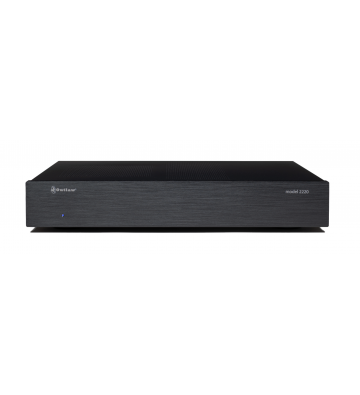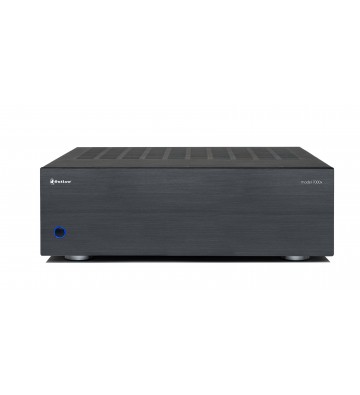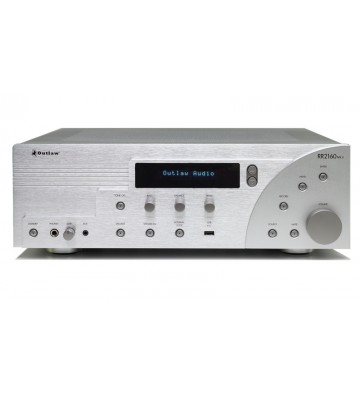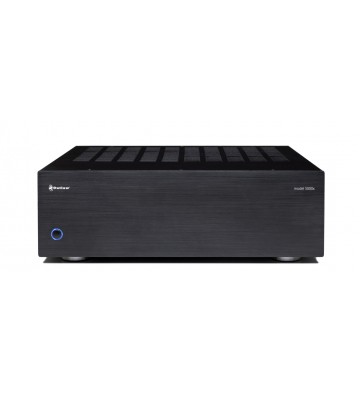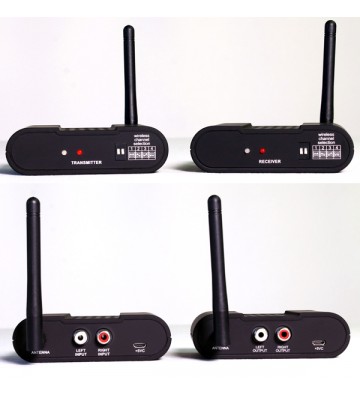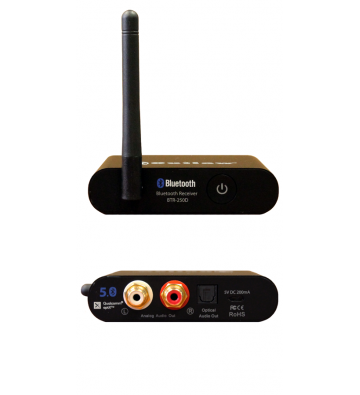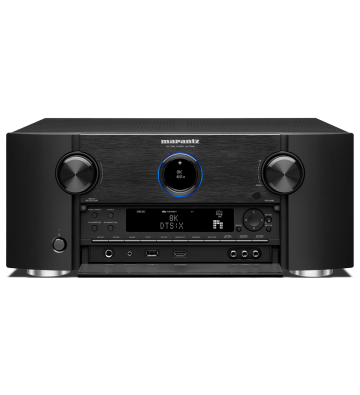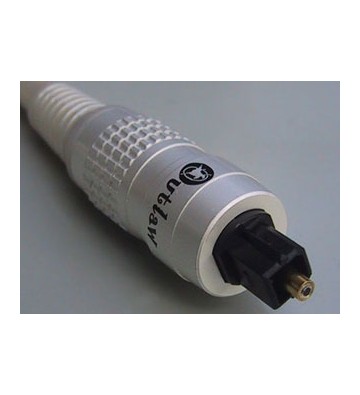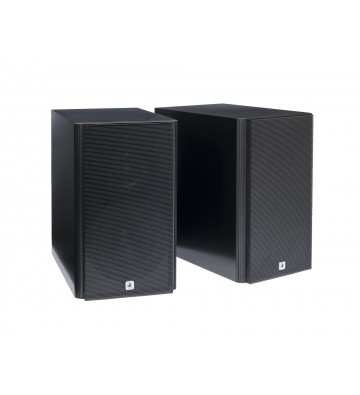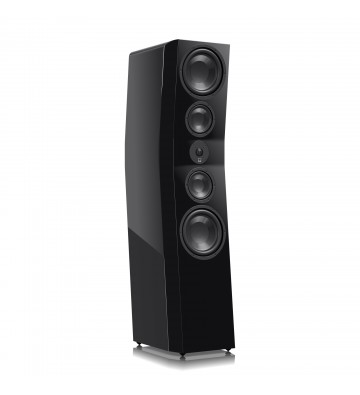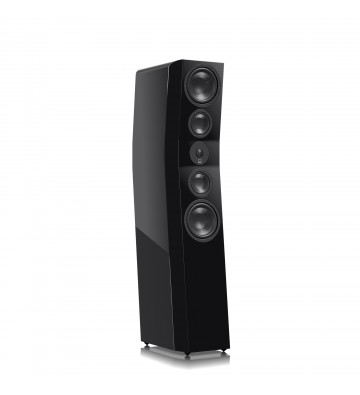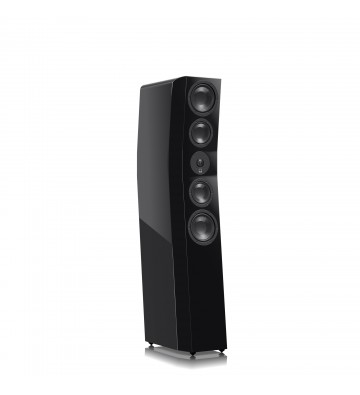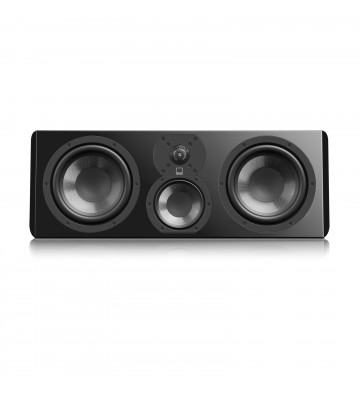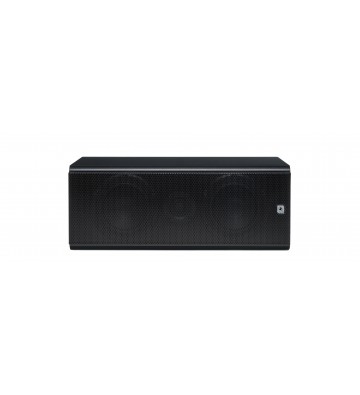Our products
Model 2220
$449.00
Model 7000x 7-Channel Amplifier
$999.00
RR2160MkII Stereo Receiver
$999.00
Model 5000x 5-Channel Amplifier
$769.00
OAW4 Wireless Audio System
$129.00
BTR-250D Bluetooth Receiver
$129.99
Outlaw Audio Cap
$9.99
M8 Subwoofer
$329.00
Marantz AV7706
$3,200.00
PDO Optical Cable: 1.8m
$19.95
BLSv2 Loudspeakers
$699.00
Our products
SVS Ultra Evolution Elevation
$899.98
SVS Ultra Evolution Nano
$899.98
SVS Ultra Evolution Pinnacle
$4,999.98
SVS Ultra Evolution Titan
$3,999.98
SVS Ultra Evolution Tower
$2,999.98
SVS Ultra Evolution Center
$799.99
SVS Ultra Evolution Bookshelf
$1,199.98
RR2160MkII Stereo Receiver
$999.00
LCRv2 Single Loudspeaker
$599.99
BLSv2 Loudspeakers
$699.00
Model 7000x 7-Channel Amplifier
$999.00



